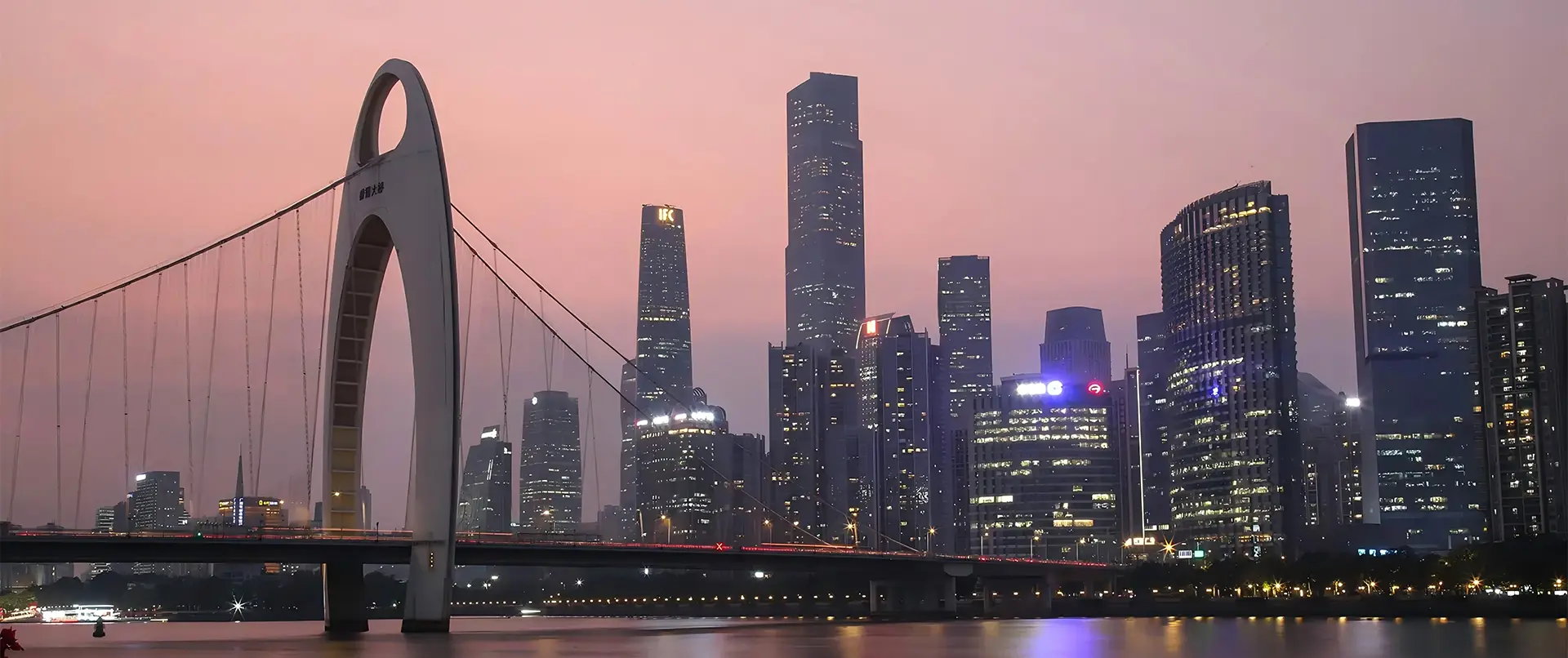Understanding the Best Ai 3d Rendering Techniques and Their Impact on Modern Design
In today's rapidly evolving design landscape, the advent of Ai 3D rendering techniques has revolutionized how creatives approach their work. According to a recent report by MarketsandMarkets, the global 3D rendering market is projected to reach $10.8 billion by 2026, growing at a CAGR of 23.5% from 2021 to 2026. This surge is largely driven by advancements in artificial intelligence, allowing designers to explore innovative solutions that were previously unimaginable. Ai 3D rendering not only enhances the efficiency and accuracy of visual presentations but also empowers designers to push the boundaries of creativity, enabling quicker iterations and more realistic simulations. Understanding these cutting-edge techniques is crucial for modern design professionals who seek to leverage technology to stay ahead in a competitive market.

Comparing Traditional and AI-Driven 3D Rendering Techniques
As the field of design continues to evolve, the comparison between traditional and AI-driven 3D rendering techniques reveals significant differences in efficiency and output quality. According to a 2022 report by MarketsandMarkets, the global 3D rendering market size is expected to grow from $1.2 billion in 2021 to $3.5 billion by 2026, propelled largely by AI advancements. Traditional rendering methods often require hours or even days for final output, while AI-enhanced processes can reduce rendering times by up to 90%, allowing designers to expedite project timelines and allocate resources more effectively.
Moreover, AI-driven rendering techniques offer superior realistic visualization, which is crucial for modern design applications. A study by the University of Southern California indicated that AI algorithms can analyze vast datasets of images to generate photorealistic outputs that adapt to creative input more flexibly than traditional methods. This capability not only elevates the quality of design projects but also fosters greater innovation, as designers are free to experiment with complex visual ideas without the constraints of lengthy rendering times.
As a result, embracing AI in 3D rendering is not just a trend; it's becoming a necessity in the competitive landscape of design.
Advantages of AI Rendering Over Conventional Methods in Design
 AI rendering is revolutionizing modern design by offering significant advantages over conventional methods. According to a report by Gartner, companies that adopt AI technologies can improve productivity by up to 40%. AI rendering techniques enable designers to produce high-quality images and animations faster and with more precision. With algorithms capable of machine learning, AI tools can analyze vast datasets to generate realistic textures and lighting effects that would take hours for human artists to create manually.
AI rendering is revolutionizing modern design by offering significant advantages over conventional methods. According to a report by Gartner, companies that adopt AI technologies can improve productivity by up to 40%. AI rendering techniques enable designers to produce high-quality images and animations faster and with more precision. With algorithms capable of machine learning, AI tools can analyze vast datasets to generate realistic textures and lighting effects that would take hours for human artists to create manually.
Tip: When incorporating AI rendering into your design workflow, always ensure your datasets are up-to-date for optimal results. This improves the accuracy of the AI’s outputs and enhances the overall quality of the renderings.
Moreover, AI rendering reduces costs associated with traditional methods. A study published in the Journal of Modern Design reports that businesses can save up to 30% on production costs by leveraging AI tools in their design processes. These savings come not only from reduced labor but also from minimized material waste, as AI can simulate various designs virtually before committing to physical prototypes.
Tip: Experiment with different AI rendering software to find the best fit for your design needs. Each tool has unique features that can complement your creative process and elevate your design outcomes.
Key Features of Leading AI 3D Rendering Software
Advancements in AI 3D rendering software are revolutionizing the design landscape, offering professionals a suite of powerful tools that enhance creativity and efficiency. One key feature of leading AI-driven rendering software is their ability to produce photorealistic images at unprecedented speeds. By utilizing machine learning algorithms, these tools can analyze vast datasets to understand and replicate real-world lighting and textures, enabling designers to visualize their concepts with stunning accuracy and detail.
Another notable characteristic is the integration of intuitive user interfaces that lower the learning curve for novices while providing advanced capabilities for seasoned artists. Many platforms now offer automated features that streamline workflows, such as instant previews and customizable presets. This not only saves time but also allows designers to focus more on the creative aspects of their work, fostering innovation. Furthermore, cloud-based rendering options enable collaboration across geographic boundaries, making it easier than ever for teams to work together in real-time on complex projects. These key features mark a significant leap forward, making AI 3D rendering an essential component of modern design practices.

Impact of AI on Speed and Efficiency in Modern Design Projects
The integration of AI in 3D rendering techniques has considerably transformed modern design projects, enhancing both speed and efficiency. Traditional rendering processes often demanded extensive time and manual effort, requiring designers to meticulously create every detail. However, AI-driven tools can automate many of these tedious tasks, allowing designers to focus on creative aspects rather than technical ones. This not only accelerates project timelines but also reduces the likelihood of errors that can arise during the manual rendering process.
Furthermore, AI-powered rendering solutions leverage machine learning algorithms to optimize workflows, predicting and generating design elements in a fraction of the time. This capability enables designers to experiment more boldly with their ideas, leading to innovative solutions that may have been impractical with traditional methods. By streamlining repetitive tasks and enhancing creativity, AI is reshaping the landscape of modern design, allowing for swifter project completions without compromising quality or artistic vision.
With these advancements, the future of design promises even greater efficiency and effectiveness, as AI continues to push the boundaries of what is possible.
Real-World Examples Highlighting AI 3D Rendering Innovations
In today’s rapidly evolving design landscape, AI 3D rendering techniques are not merely tools but transformative innovations that significantly enhance the creative process. Take the case of a leading architectural firm that utilized AI to generate complex building models in a fraction of the time it would take with traditional methods. By harnessing AI algorithms, the firm produced photorealistic renders that accurately depicted light, texture, and spatial relationships, allowing clients to visualize the project before breaking ground. This approach not only improved communication and decision-making but also minimized costly revisions during the construction phase.
Another compelling example is in the field of product design. A renowned furniture company implemented AI-driven rendering solutions to prototype their latest collection. By integrating machine learning, they analyzed past design performance and consumer preferences, leading to designs that resonate more with their target market. The AI rendered vibrant visuals that highlighted ergonomics and aesthetics, giving the design team unprecedented insight into how colors and materials interact. This synergy of technology and creativity is paving the way for revolutionary advancements that redefine artistic expression and functionality in modern design.


